A few years ago I wrote a pattern and knitted a cardigan.
The cardigan was part of my ongoing Authors & Artists series, and I rather loved it. I knitted it in a yarn gifted to me by my grandmother (who would later fall very ill). Granted, the colour was not one I would have chosen but I have grown to love it so much over time that I now consider aqua one of my everyday wardrobe colours.
Trouble arose, though, when I realised that the gift yarn did not behave very well. It is an alpaca/wool mix which is warm and soft - but also refuses to keep its shape and pills quite a bit. Though we did a photoshoot for the cardigan in York, I never finished the pattern because I did not feel comfortable endorsing the yarn.
Working professionally as a knitwear designer means accepting responsibility. My pattern needs to be error-free, easy to follow, and yet spacious enough for people to add their own modifications if they want to do so. I also need to provide clear photos so people can see the neckline, basic construction, and any particular details. Finally, I am also aware that I am endorsing a yarn when I mention what I have used.
For this particular cardigan, I am satisfied that I have fulfilled most of my professional duties, but I am uncomfortable recommending a yarn that left me unhappy after a few months of wear. I used the given yarn out of sentimentality (and I think of my grandmother every time I wear the cardigan), but I would not want others to use the same yarn.
After my first photos of the cardigan (and wearing the cardigan at events), I have been asked for the pattern several times. This is genuinely lovely to hear. I really appreciate that I can design things that other people will want to make. It is truly, truly one of my favourite parts of my job.
However, part one:
Immediately after I finished knitting the cardigan, This Thing of Paper happened. The next 18 months were spent living & breathing TTOP. The aqua cardigan pattern was shoved to one side. I brought the pattern out of hibernation the other day, and it needs some love. Not only did I learn a lot about writing garments from working on my book, but I also need to finish grading the aqua pattern across seven sizes. I need to reknit it in a yarn I am happy to endorse and we need to do another photo shoot.
However, part two:
In recent months I have begun shifting my personal style. I used to wear a lot of 1950s inspired clothes: dresses with full skirts and nipped-in waists, cute retro coats found in vintage shops, and I'd have red lips & dark hair with a short fringe. A cropped cardigan is perfect for that sort of wardrobe. Yet I am moving away from 1950s inspired clothes towards something slightly more .. well, that is a blog post for another time. I don't really wear cropped cardigans anymore.
The cardigan conundrum. I posted something about this on Instagram and some of the comments stated that "it's okay just to have something that is just for you, Karie". It is a nice sentiment, but sadly that is not how I roll.
I am so lucky to have the job I have and nothing - nothing - I knit is ever just for me. I design and knit intentionally - and part of that intention is always that knitting is communal. I designed the aqua cardigan because I wanted to make something with my grandmother's gift, because I wanted a cropped cardigan, and because I wanted to share my idea with the world. The inspiration for the cardigan is also pretty amazing, I tell you.
I think the solution is to start from scratch, rewrite the pattern, grade it, and create a cardigan pattern that can be worked as both a cropped cardigan but also as a cardigan I want to wear now. It might take a while (because I'm busy at work on something else) but that is a definite solution.
Thank you to Helena who wrote to me about the cardigan (and included photos of her dogs). There is always a way.





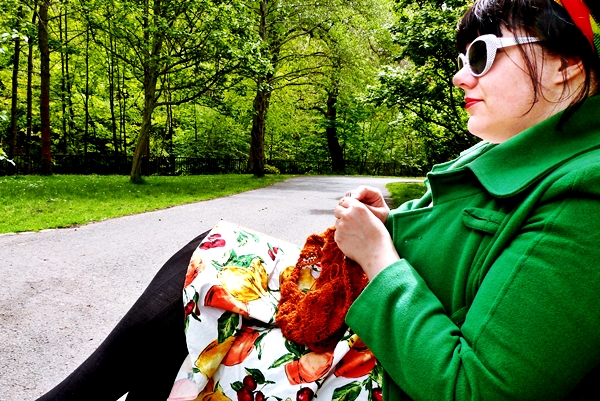 Sometimes I let my love of colour get the better of me. I have dug out my green coat (the one I only wear occasionally lest I wear it out) and I'm cheerfully pairing it with an orange knitting project. Colours feed my soul.
Sometimes I let my love of colour get the better of me. I have dug out my green coat (the one I only wear occasionally lest I wear it out) and I'm cheerfully pairing it with an orange knitting project. Colours feed my soul.
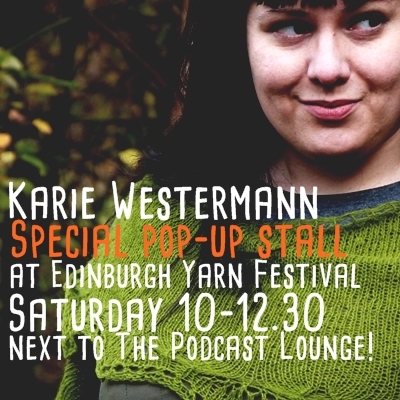
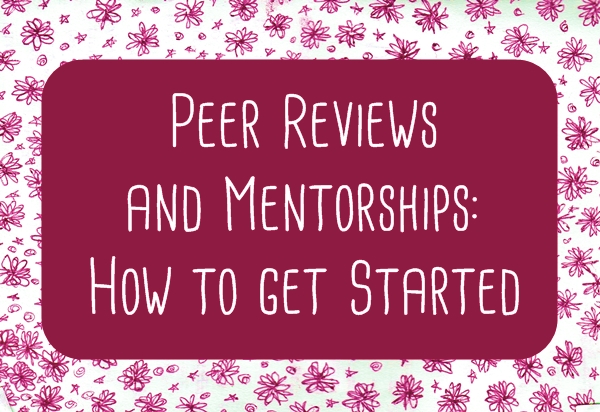
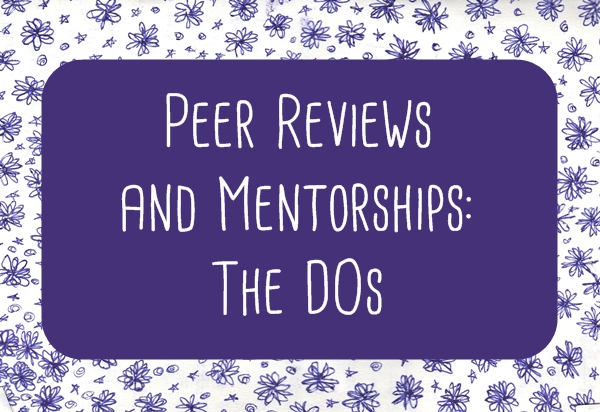

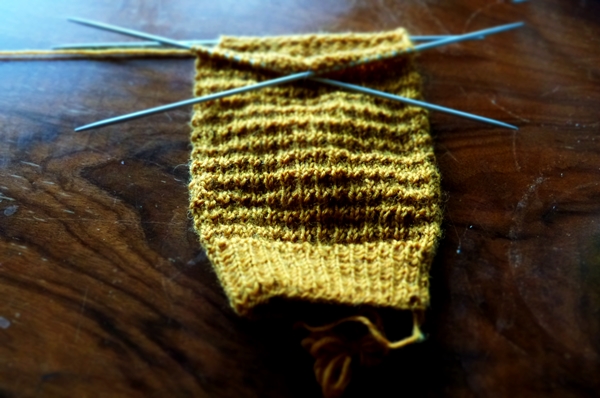 I knit a lot but probably not as much as people assume. Like most knitters, I knit when I've finished work for the day and I need some downtime. The difference is that my day job involves writing, editing, and designing knitting patterns. The fact that I don't knit during my work day surprises people. Most of my day is spent on the computer answering emails, chasing invoices, entering data into a spreadsheet, and working with various software programmes (chart editors, layout programmes and word processors). Occasionally I head outside for photo shoots or teaching appointments, but mostly my work is desk-based in front of a computer.
I knit a lot but probably not as much as people assume. Like most knitters, I knit when I've finished work for the day and I need some downtime. The difference is that my day job involves writing, editing, and designing knitting patterns. The fact that I don't knit during my work day surprises people. Most of my day is spent on the computer answering emails, chasing invoices, entering data into a spreadsheet, and working with various software programmes (chart editors, layout programmes and word processors). Occasionally I head outside for photo shoots or teaching appointments, but mostly my work is desk-based in front of a computer.

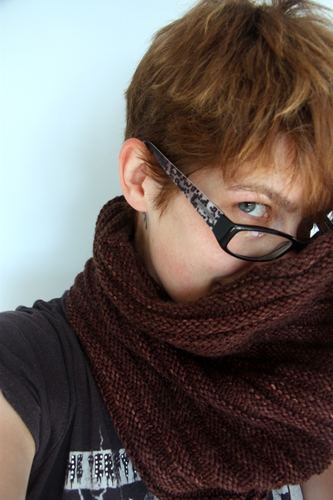 You are
You are  You are so passionate about fostering relationships and collaborations. Part of that energy was channelled into Unwind Brighton where I finally met you (after all these years!). You were really, really busy behind the scenes but what struck me was that you were still trying to foster relationships and 'make playful things happen'. Where does that passion come from?
Unwind was such a moment in time for me because it represented everything about the way I like to work; the standard was so high and everyone really pulled together and collaborated to bring something amazing together.
You are so passionate about fostering relationships and collaborations. Part of that energy was channelled into Unwind Brighton where I finally met you (after all these years!). You were really, really busy behind the scenes but what struck me was that you were still trying to foster relationships and 'make playful things happen'. Where does that passion come from?
Unwind was such a moment in time for me because it represented everything about the way I like to work; the standard was so high and everyone really pulled together and collaborated to bring something amazing together.